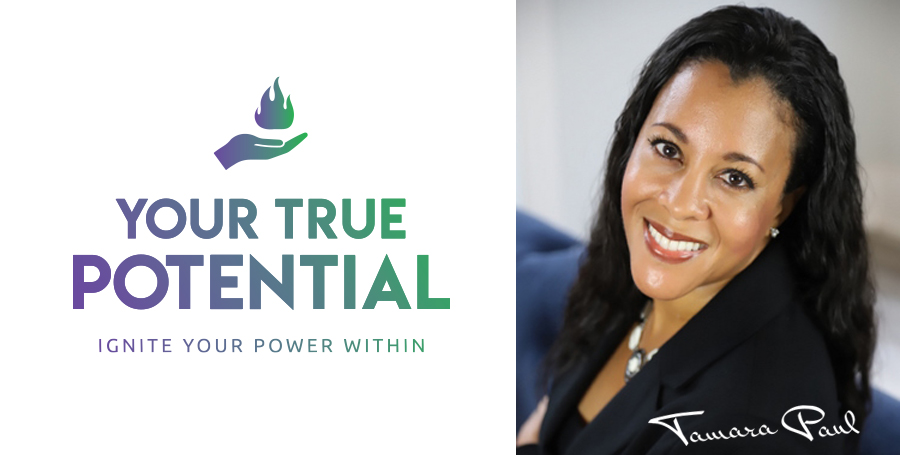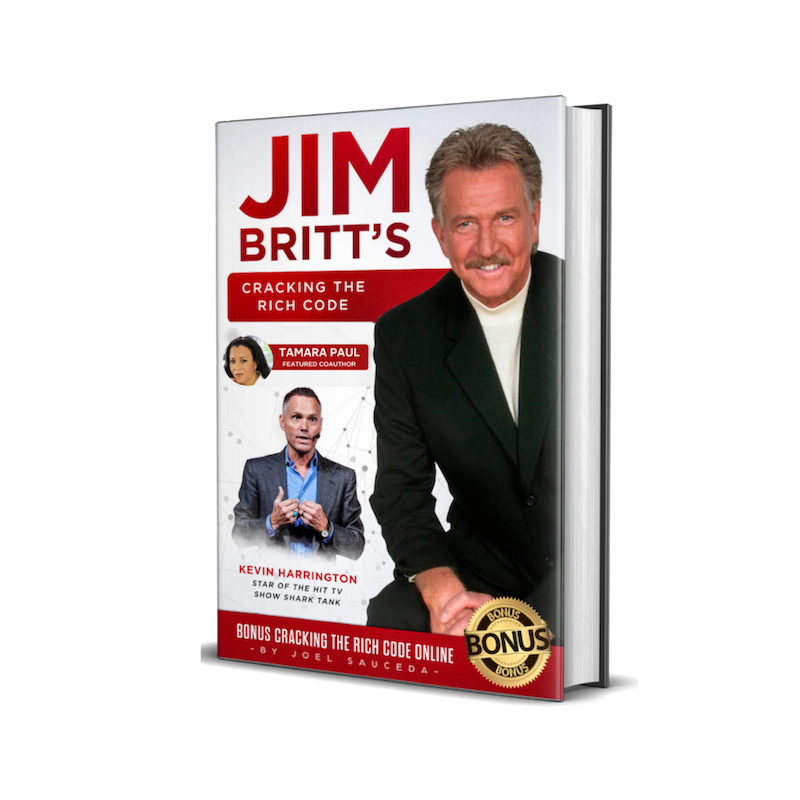Welcome to
Find and Interview Influencers Like a ProIncrease your reputation and boost your business
Module Three
Essential Steps to Maximize Your Influencer Interview Process
There is a great deal that goes into interviewing people well. When you listen to a good interviewer like Larry King or Marc Maron, there are certain things they do to keep the interview going and keep it interesting, even if the guest is not very talkative. There are some techniques you can learn in order to make your well-prepared interview as smooth and interesting as possible.
Key Communication Skills for Interviewing
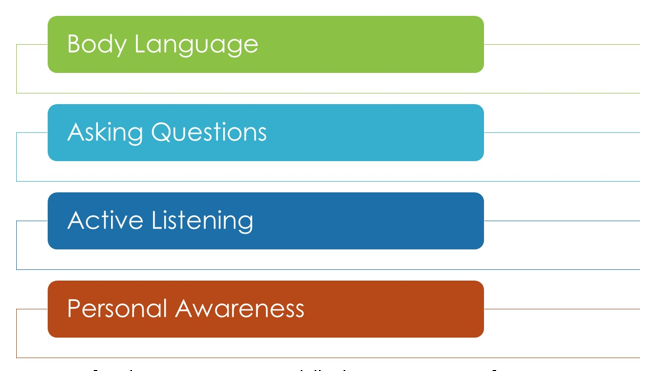
Here are four key communication skills that are important for interviewing successfully.
Body Language
Body language can say things that your words don’t, and if you don’t carefully consider and actively control your body language, you could convey something you really don’t want to.
Good body language means maintaining good posture, making eye contact and appearing confident. Don’t look at the floor or avoid eye contact. Don’t slump over or sit too far back. Project your voice with confidence rather than mumbling.
If you’re new to interviewing and controlling body language is challenging for you, then practice. If possible, record your practice and play back the video. When you see yourself talking, it will be clear what needs to be changed or improved.
Body language is important not only for face-to-face interviewing, but interviewing through video as well.
In addition to good body language, you should be well groomed and consider what you’re going to wear for the interview. Consider what your appearance and body language say about you.
Asking Questions
For a truly thought-provoking interview, ask questions that are as varied as possible. As you learned in the last module when you were writing your questions, it’s good to ask different types of questions; from open-ended questions where the interviewee can talk at length to clarifying questions that restate what the interviewee is saying.
You have your list of questions prepared, but you can also improvise, as long as you don’t get off-topic. Ask questions to clarify or to press for more detail. As mentioned in the last module, you can follow-up an answer by asking “how?” You can follow-up on a question by asking the interviewee how they felt about something they described. Another good follow-up is to ask for examples.
During the interview, ask questions on behalf of the interviewee in order to draw out their experiences and ideas, and also on behalf of the audience to bring out the information they want to hear.
Active Listening
During the interview, practice active listening. This means fully concentrating on what the speaker is saying. It means listening with your fullest attention rather than just hearing. It also means getting rid of all distractions and listening with the intent to understand rather than planning your next response.
Active listening includes not only listening but also responding to the speaker with verbal and nonverbal signals that you’re paying attention. These clues confirm that you’re listening and encourage the speaker to continue their answer.
Another technique of active listening is summarizing or paraphrasing what the interviewee has just said. This confirms that you understood the meaning of their answer. In an interview, it’s also a good way to summarize a long or complex answer for your audience’s understanding.
Personal Awareness
An interview is a time when personal awareness and emotional intelligence are essential. Pay attention to the feelings of your interviewee. Keep the interview focused on them and not you. Don’t interrupt or finish the other person’s statements. Try to empathize with the interviewee and show appreciation throughout.
Conducting Your Interview
Before the interview starts, you should have a list of 10-12 questions and ideas for follow-up questions to the interviewer’s answers. Review the overall goal and topic of the interview and let it guide you when you improvise or go off-script.
You should also have a script or outline for the introduction of your interviewer. Start your interview with this introduction. It should be short so that it doesn’t bore listeners who already know the person, but it should include enough information so that someone who has never heard of them will be able to keep up.
Once you start, you may find that the interviewee answers two or more of your questions with one answer. Be careful that you don’t ask questions that they’ve already answered. You can cross off questions like this so that you don’t accidentally ask them.
Throughout the interview, make sure that the interviewee is comfortable, both physically and emotionally. Arrange the space and temperature and get rid of distractions before the interview starts. Make sure the interviewee is physically comfortable and ready.
Make sure as you go through your questions that the interviewee remains emotionally comfortable. If you didn’t check your questions carefully enough and a question puts them off, or the conversation naturally goes into an uncomfortable direction, pull back and smoothly proceed to the next question or reiterate a point from before so you can move on.
Although you’re interviewing someone, you don’t want it to seem like an interrogation where you fire one question after another. Instead, it should be like a conversation that’s based around your questions and focuses on the interviewer and the topic.
You may need to direct the interviewee’s answers somewhat. People often ramble and go off-topic. It’s your job to veer the conversation back to the main point if this happens. For example, an interviewee may say, “There are three things we try to do for new clients.” He or she may then go into so much detail on the second point that they forget about the third. You then need to follow up by saying, “What was the third point?” Think like a publisher or an audience member. This is also a good time for repeating or paraphrasing.
If the interviewee states facts that they’re unsure about, reassure them by telling them you’ll fact-check before you publish the interview.
Take notes during the interview. Try to write down the main points that the interviewee makes. You can also jot down facts or other things you need to check. This will be useful for later when you’re promoting the interview. You can mention key points or topics covered.
At some point during the interview, give the interviewee a chance to plug whatever they’re doing right now. Let them tell the listeners or viewers about their latest product, offer or content. It’s good to prep your interview subject beforehand so that they are ready for it.
If anything goes wrong during a recorded interview, you can edit it out later. Take note of when the problem occurred and jot down the nature of the problem. You can go back later and cut it out.
At the end of the interview, thank the interviewee and let them know how much it means to you. First-time or inexperienced interviewees may feel awkward or uncertain about their interview. If this is the case, reassure them that you’ll make sure they sound fine.
Post-Interview
Immediately after you finish your interview, go through your notes while the interview is still fresh in your mind. This is a good time to make a summary of key points and think a little about how you will describe and promote the interview.
If necessary, go through and fact-check any points you or the interviewer weren’t sure about.
After going through your notes, you need to list the key steps you will take in following up with the interviewee.
There may be various things you need to do for your follow-up, but usually the steps include:
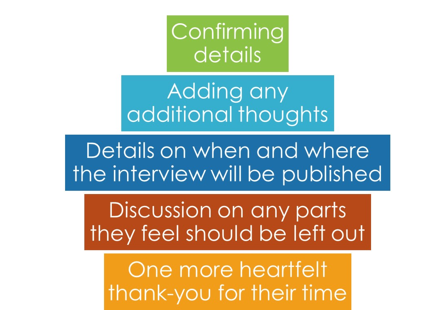
- Confirming details
- Adding any additional thoughts
- Details on when and where the interview will be published
- Discussion on any parts they feel should be left out
- One more heartfelt thank-you for their time
Publishing Your Interview
Once the follow-up and all of the smaller details are complete, it’s time to publish your interview. You can post your interview publicly, share it with your subscribers, add a link to it in your autoresponders, etc. Promote it on social media and any other places where you have contact with your audience.
A good way to extend your reach is to identify PR groups or other professional groups that would enjoy your interview. Send your interview to these groups and they are likely to share with others, thus gaining more exposure for you.
You can also get more out of your interview by repurposing it. Repurposing means taking one piece of content and spinning it into multiple other types of content. When you do this, you get more mileage out of your content, and by posting it in different media, you can also reach a wider audience.
Repurposing includes ideas like:
- Writing a transcript of your interview and turning it into a blog post or series of posts
- Turning a transcript of your interview into an eBook for download
- Making a video of your audio interview that features slides or images summarizing its main points
- Taking a number of interviews and bundling them together into a book
- Using snippets of your interview for social media posts
If you have a good piece of content, it’s a shame to let opportunities go to waste. Repurposing allows you to reformat content and publish it in many more places, getting more exposure both for yourself and your interviewee.
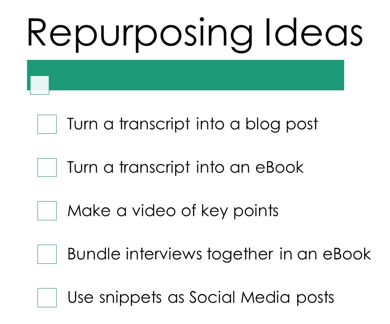
Reflecting on Your Interview
Finally, you should reflect on the overall interview process so that you can make it even smoother and more effective the next time.
First, you need to track your results. You should set some type of metric that will quantitatively allow you to see whether your interview is achieving the goals you have for it or not. The metric might be based on web traffic, downloads, sign-ups (if you’re using it as an opt-in lead), social media activity such as shares, new readership to your blog, your own Klout score, etc.
If your interview is not achieving its stated goal, you’ll need to try to figure out why and make the necessary changes. If one particular interview performs better than others you’ve done, you’ll need to figure out what makes that particular one different and more successful. For example, it may mean that this particular interviewee was a good choice, or that you chose a topic that’s especially interesting to your audience.
You should also assess your mistakes and successes. Think about the interview and review the notes you took, asking yourself:
- What were the best parts of the interview and why? This could be an “ah-ha” moment, or a part where you felt like things were going particularly well.
- Where could I have done better? Try to think about parts of the interview where things didn’t go as planned or where you felt that it was weak.
Try to jot down some ideas. For each mistake, try to figure out a way to avoid it next time or make it better. For each success, create a plan for reproducing that success in your next interview.
For example, there may be a part of the interview where conversation started to dwindle. It felt like there was no energy or the topic fell flat. This may be because the interviewee didn’t have much to say about a particular question you asked. In this case, you may want to be clearer with your next interviewee about what topics will be covered or questions asked.
You might feel that there was a particularly successful part of the interview where you asked a follow-up question that led to an interesting discussion or insight. If so, you may want to design your next interview so that there are more opportunities for follow-up questions.
Finally, after the interview has been published for a while, you may want to follow up with the interviewee to see how the interview has helped them. For example, their audience may have grown due to the interview, or they may be getting other offers for interviews as a result of yours.
Activity:
- List the communication skills you need to work on for a productive interview.
- Put your skills to work: Jot down 5 general questions you would ask an interviewee. Take a partner or friend and practice your interviewing with these questions. Have your ‘mock interviewee’ give you feedback on how well you applied your communication skills.
- Identify 3 ways you will use your first interview after you’ve conducted it.
Cracking the Rich Code
"Whether you’ve been stuck on the sidelines waiting for the “right time” to launch your business or struggling to “generate” the life changing results from your business- This is your time to start saying “YES” to opportunity and “NO” to the noise. 100% of us entrepreneurs need answers and solutions. Join me to get updated on what it takes to prepare yourself and stay ahead of this changing business world."

